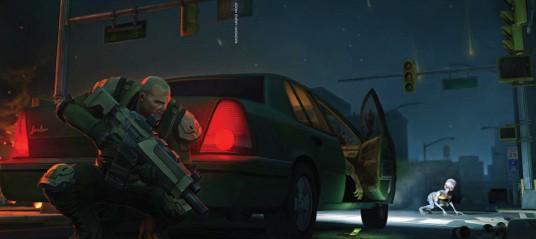
- #Iphone xs max civilization v images full
- #Iphone xs max civilization v images Pc
- #Iphone xs max civilization v images series
#Iphone xs max civilization v images Pc
From managing the well-being of your citizens to fending off attacks from neighbouring regions, Civilization has been exclusive to the PC for the longest time.

#Iphone xs max civilization v images series
It's the latest in a long-running series of turn-based strategy games that has you managing a civilization through the ages. One of the key new features of Apple's latest iPhones is the ability to adjust the 'bokeh effect' on portrait images, after they've been taken.Not content with being on PC, iPad, and soon, the Nintendo Switch, Civilization VI is now available on the iPhone. But, as well as letting you adjust the intensity of the effect, the function has been enhanced to more accurately represent the bokeh characteristics of a real lens, rather than just trying to blur the background.Įvery time you shoot an image using the 52mm-equivalent F2.4 portrait camera on the iPhone Xs you have the choice of editing the bokeh effect. This brings up a scale marked in F-numbers. This may sound like Apple just borrowing an interface from the real-world (a process called skeuomorphism), but it goes beyond this: the company says it's modeled the bokeh characteristics to mimic the behavior of a Zeiss lens.
#Iphone xs max civilization v images full
We thought we'd put this to the test: how convincingly does the iPhone Xs resemble a real-world lens? Is the F-number scale anything more than a pastiche? To find out, we shot the Xs alongside the Nikkor 58mm F1.4, mounted on a full frame camera. Scaling the Nikon image down to the same width, you can see the bokeh is around the right size: IPHONE XS MAX CIVILIZATION V IMAGE FULL

Then, when you look at the bokeh off-center, you'll see it develops an elongated 'cat-eye' effect.

Just as with the real lens, the cat-eye effect diminishes as you 'stop down.' And Apple has given its bokeh a smooth, fairly gaussian look, rather than the slightly bright-edged bokeh that Nikon has produced, being constrained by the limitations of things such as glass and physics. Unlike the 'real' camera, the iPhone's sharpness doesn't always drop-off smoothly: for instance it's blurred both shoulders and the subject's scarf, despite the nearer being in a similar plane to the face. However, while this doesn't always looks natural, the phone is intentionally ensuring that the subject's face remains entirely in focus, which is usually a good thing. The end result isn't going to convince anyone if they look too closely (the processing has cut-off some of the fine hairs, for instance), but for social media use, it's hard to deny that the effect is impressive.Īnd, unlike the $1600 Nikkor lens, it doesn't become a little soft and dreamy when set to 'F1.4.'Įqually, because the iPhone isn't actually changing its aperture, you don't find yourself with less light if you want more depth of field (the iPhone portrait camera's actual depth of field is F15 equivalent, so there's plenty that's in focus in the underlying 'native' image), so you don't have to worry so much about camera shake or subject movement.

You can switch freely between “landscape’ and ‘portrait’ without a ball joint. Solid structure: It is made of aviation aluminum and processed with highly-precise CNC technique, which features light weight, high strength and good durability, so it is absolutely cost-effective.Īlso, it is a great help on gimbal stabilizer.IPHONE XS MAX CIVILIZATION V IMAGE FULL.


 0 kommentar(er)
0 kommentar(er)
